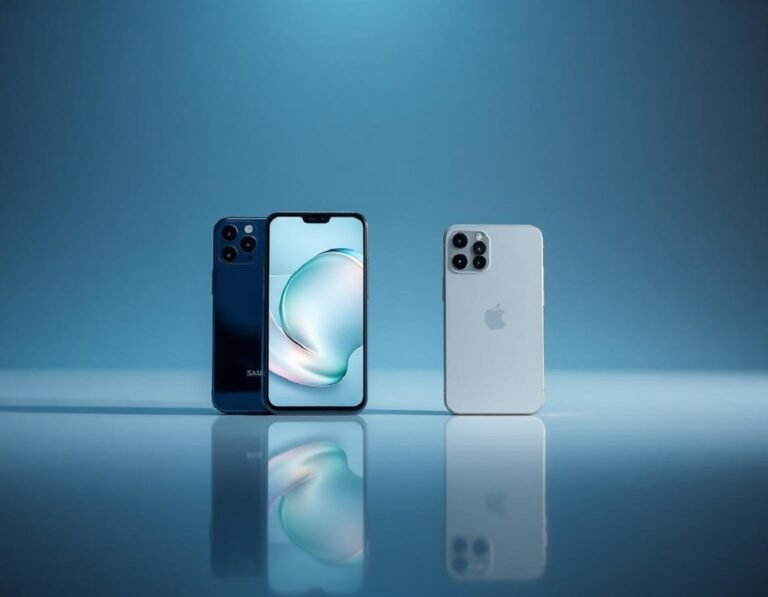Apple Airpods 2nd Gen Vs Apple Airpods 3rd Generation Specs.
Apple AirPods Pro 2 vs AirPods 3: Which Should You Buy in 2025?
After spending countless hours with both the AirPods Pro 2 and AirPods 3, I can give a clear, honest comparison. If you want to know which headphones work best for you, let’s break it all down: price, comfort, features, battery, noise cancelling, and sound quality.
At the end, you’ll know which model offers you the most for your money.
Price Comparison: AirPods Pro 2 vs AirPods 3
The AirPods 3 undercut the Pro 2 by about $50 on the retail shelves.
AirPods Pro 2 Pricing:
- Retail: $249.00
- Online New: $199.99
- Renewed: $171
AirPods 3 Pricing:
- Retail: $169.00
- Online New: $149
- Renewed: $112.99
The AirPods 3 are the budget option. They’re more affordable whether you buy new or renewed.
Comfort
Both pairs sit much lighter than over-ear headphones. AirPods 3 take the win for comfort—the design skips silicone tips, so there’s nothing wedged in your ear canal. For those who dislike in-ear eartips, these win by a mile.
The AirPods Pro 2 come with tips that must sit snug inside your ear. If you switch to memory foam tips, comfort goes up, but there’s still a thicker feeling compared to the AirPods 3.
Comfort Ratings:
- AirPods Pro 2: 4.5/5
- AirPods 3: 5/5
Winner: AirPods 3
Features, Battery, and Noise Cancelling
Features:
Both models offer Spatial Audio and Dolby Atmos. Once paired, they jump between Apple devices almost instantly, which feels seamless. With Android or Windows, expect basic functionality.
Battery Life:
- Up to 6 hours per charge
- Up to 30 hours with the case
Battery stats match for both models. Using features like noise cancelling or Spatial Audio will drain them faster.
Noise Cancelling:
The Pro 2 crush it here. Their noise cancelling is top notch and blocks a lot of outside sound. The regular AirPods 3 can’t isolate like this because of their open design. The Pro 2 also offer “Transparency Mode” to let in sound when you need it. If you want to shut out the world, you need the Pro 2.
Features/Battery/Noise Cancelling Ratings:
- AirPods Pro 2: 3.5/5
- AirPods 3: 3/5
Winner: AirPods Pro 2
Sound Quality
Good sound matters. Both are solid for wireless earbuds, but the AirPods Pro 2 seem tailor-made for anyone who cares about music. The ear seal gives deeper bass, smoother mids, and an impressively wide feel. They sound natural with great separation between instruments and vocals.
AirPods 3 bring a fun sound signature with punchy bass and crisp highs, and they sound bigger when you use Spatial Audio. Still, the sound is more compact, less refined, and can blur together at times.
For podcasts and voice, AirPods 3 hold their own. For music, movies, and games, AirPods Pro 2 pull ahead.
Sound Quality Ratings:
- AirPods Pro 2: 8.1/10
- AirPods 3: 7.1/10
Winner: AirPods Pro 2
Value
Yes, AirPods 3 cost less, but the extra $50 for AirPods Pro 2 is worth it for better sound and real noise cancelling. If you work in loud environments, travel a lot, or value high-quality audio, the Pro 2 is a smarter buy. Transparency mode on the Pro 2 matches the AirPods 3’s open design for awareness, so you don’t lose anything there.
Value Ratings:
- AirPods Pro 2: 5/5
- AirPods 3: 3.5/5
Winner: AirPods Pro 2
Apple AirPods Pro 2 Rating
8.4/10 – Editor’s Choice
Pros
- Rich, balanced sound
- Strong bass
- Wide soundstage
- Effective noise cancelling
- Good overall value
Cons
- In-ear tips may not suit everyone
- 6-hour battery life (could be longer)
- Eartips might not fit perfectly out of the box
Apple AirPods 3 Rating
7.4/10
Pros
- Good audio for the price
- Secure fit with open design
- Spatial Audio for immersive sound
- Water and sweat resistant
- MagSafe charging
Cons
- Lacks noise cancelling
- Sound quality can’t match the Pro 2
The Best Pick: AirPods Pro 2
With better sound and real noise cancelling, AirPods Pro 2 stand out. Both models boast the wireless magic that made AirPods famous, and both are close to perfect for everyday use. But that extra investment in the Pro model takes your experience to another level.
Remember, your comfort preference matters. If you can’t stand having tips in your ear canal, the AirPods 3 are a solid choice.
For those after the best of the best, AirPods Pro 2 are well worth it.
How We Test
All products get hands-on time for days and weeks. Each pair is tested in real-world situations. We listen, we charge, and we check every feature using devices from Apple and beyond. No company sponsors these tests. Only genuine, unbiased results.



![RTX Voice vs Nvidia Broadcast [2025 Guide]](https://www.gadgeteval.com/wp-content/uploads/2025/07/rtx-voice-nvidia-broadcast-soundwave-devices-studio-768x597.jpg)